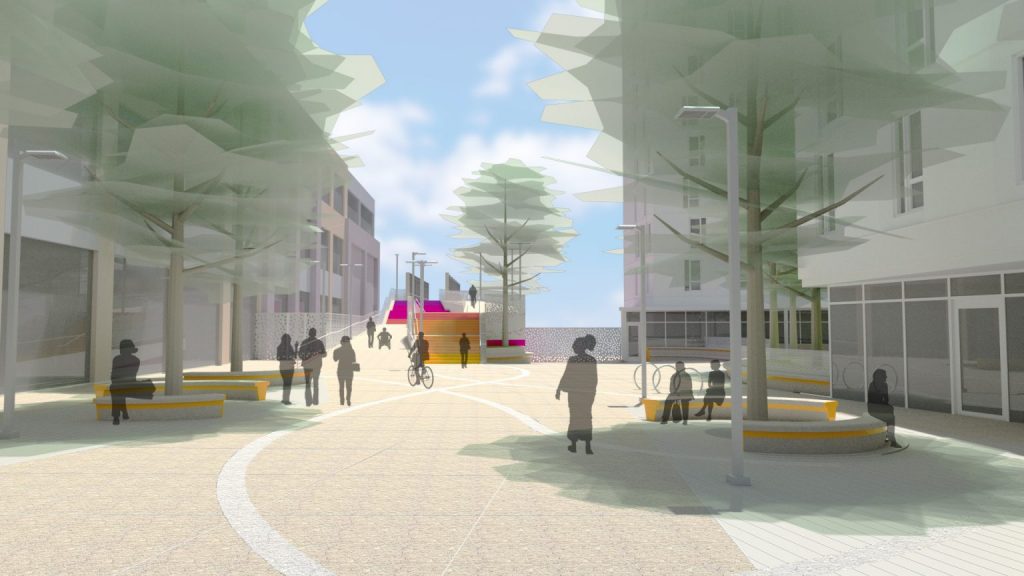|
Transit-Oriented Development (TOD) embodies a holistic approach to community development, prioritizing sustainability and livability. By clustering diverse amenities like shops, residences, and workplaces around efficient transit hubs like the MAX Light Rail, it fosters walkable neighborhoods. This model integrates regional planning, urban revitalization, and suburban renewal to create vibrant, interconnected communities.
The area surrounding the Beaverton Central MAX Station stands out as an exemplary case of mixed-use development strategically positioned near transit infrastructure. This dynamic hub encompasses a diverse array of components, including office complexes, residential accommodations, as well as a variety of dining establishments and coffee houses. Encouraging mixed-use developments where residents can live, work, and engage in recreational activities without relying on cars effectively reduces carbon emissions. Emphasizing transit stops as central points in urban planning not only mitigates traffic congestion but also cultivates a more dynamic and sustainable lifestyle for communities as we strive towards supporting environmentally-conscious growth. Resources: Transit Oriented Development Institute TriMet Comments are closed.
|
Categories |
FOLLOW US |
QUICK LINKS |
|
Made possible with support from Metro and the Federal Transit Administration
Westside Transportation Alliance 12725 SW Millikan Way, Suite 300 Beaverton, OR 97005 (503) 489-8520 | [email protected] |


 RSS Feed
RSS Feed









